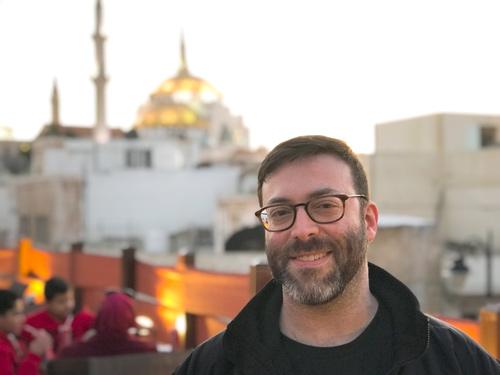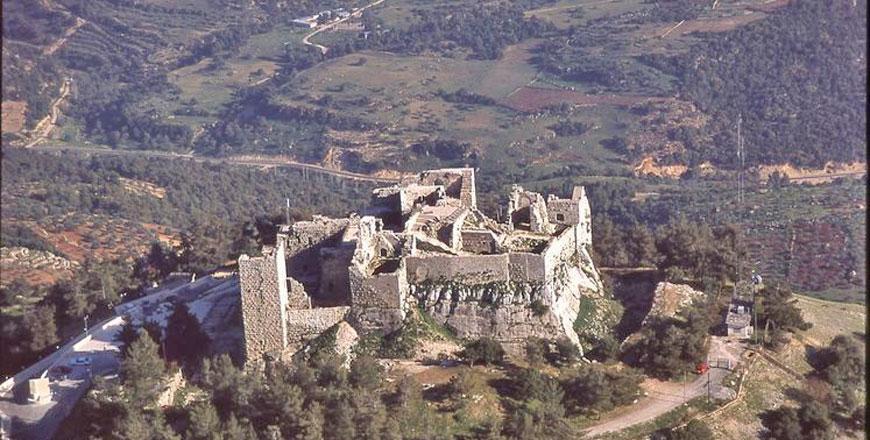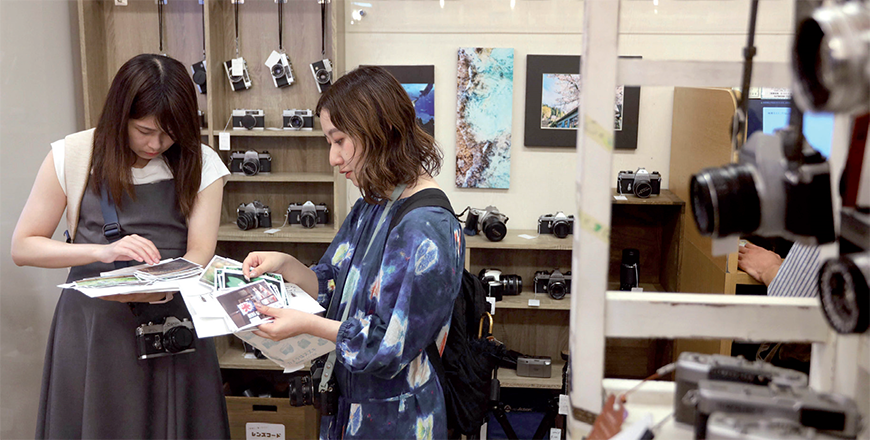You are here
American photographer digitalises huge photo archive at ACOR
By Saeb Rawashdeh - Jun 26,2018 - Last updated at Jun 26,2018

Steve Meyer
AMMAN — After working on commercial photography for years, an American photographer recently came to Jordan to work with the large photo archive of the American Centre of Oriental Research (ACOR) in Amman.
Sorting out the archive consists of “many, many, small tasks” to perform on a daily basis, Steve Meyer, who studied photographic illustration at The Rochester Institute of Technology and is finishing his Master’s in library and information science from the Pratt Institute, told The Jordan Times.
“The biggest part of the job is to digitise the photographs as we currently have over 6,000 photographs in our archive but expect to have around 30,000 in three years’ time,” Meyer said, noting that the collections he and his team are scanning come from author/photographer Jane Taylor, journalist Rami Khouri and others.
Shot in colour and black and white, the pictures come from a period extending from the 1970’s to just a few years ago.
“The scanning process is not complicated but it takes time and attention to do it correctly. We do a lot of cleaning before each photo is scanned and calibrate all of our equipment every single week to be sure the colour, tones and density of every image are true to the original,” Meyer emphasised.
His team includes a scanning technician who digitises hundreds of photos weekly, the ACOR Library Director and Assistant Librarian Carmen Al Ayoubi and Samya Khalaf Kafafi, who both do the research for the information attached to the images.
The challenges faced by the team are similar to many archives as they have a lot of photographs and need to make sure that photos are described accurately, the photographer underlined. “To have so many photographs is wonderful but, if it is hard for the public to find them in our collection, they would not be useful,” he explained, noting that this is why the team carefully organises and adds metadata (information about the images) to each photo.
Asked about the "duller" parts of the job, he said the technical aspects and computer technology can get boring as there are a lot of numbers involved with determining the proper resolution at which they can scan each photograph, the colour space to assign them and how to name the photos in the system.
“What non-professionals also won’t realise is how difficult it can be to make sure the colour in the photos always look right. Every monitor and device [phones, tablets, laptops] interprets the colour of a digital photo file a bit differently so the attention we put into our accuracy requires looking at the numbers that correspond to all digital technology,” Meyer underscored.
Furthermore, the technical aspects that might intrigue non-professionals are film and slides, as he noted that people around the world still use film but certainly not as much as a few decades ago.
"Here in Jordan, almost everyone uses digital cameras now so film is very foreign and unique to youth who did not grow up when there were film labs and darkrooms," Meyer said, stressing "one of the most enjoyable things I’ve done in this job is teach people about photography and the photo technology of a generation ago: what film is, how one brand is different from another, how cameras work etc."
According to Meyer, digital photography is based on the same principles as chemical photography. “Everyone has seen old rolls of film at some point, but they rarely had anything to do with them," the expert said, adding that "it' s a joy for me when I’m able to 'connect the dots' and relate the old methods of photography to what happens when they click the shutter on their new digital camera".
"Working with this ACOR archive means a lot to me. First, I love photography and how it can be used for art, documentation and research. Also, many of the places in the photographs have changed or disappeared since the time they were shot," he explained, citing changes due to excavation, urban development, climate change and armed conflicts.
"I’m only a very small part, but what I do with this archive helps to ensure these places and people are not forgotten," Meyer concluded.
Related Articles
AMMAN — The American Centre of Oriental Research (ACOR) has started digitalising images and photo collections with the aim of preserving the
TOKYO — Keita Suzuki leads a group of young analogue photography fans around a coastal city in Japan, stopping to snap pastel hydrangea bloo
AMMAN — Given the numerous threats facing archaeological and cultural heritage sites in Jordan and the region, whether from war, development
















